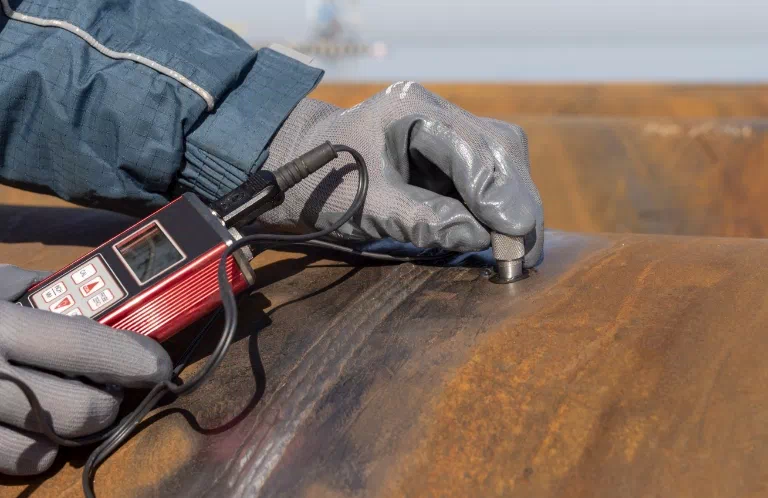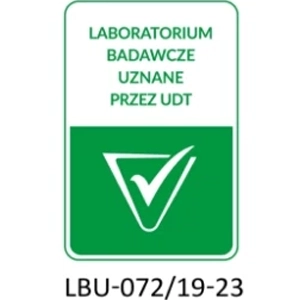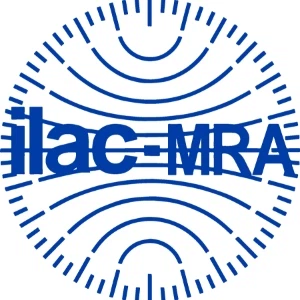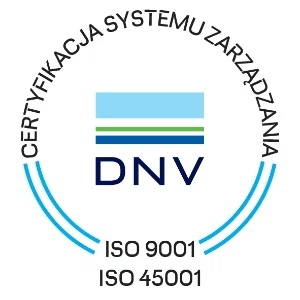Ultrasonic Thickness Testing UTT

Ultrasonic thickness testing is a technique used to measure the thickness of materials such as metals, plastics, ceramics, and other substances. This method is based on the principle of ultrasonic wave propagation through a material and measuring the time it takes for the wave to travel through the material and return. Based on this time and the sound wave velocity in the given material, it is possible to estimate the thickness of the tested object.
Advantages of Ultrasonic Thickness Testing
Ultrasonic thickness testing is a non-invasive technique that offers many advantages. It is fast and accurate, allowing for efficient quality control and safety assurance in various industries. Thanks to the ability to perform multipoint measurements, it provides a comprehensive view of the material's condition. This method is effective for a wide range of materials, detecting internal defects and monitoring corrosion and wear.
Applications of Ultrasonic Thickness Measurements
The ultrasonic method for thickness measurement has broad applications. In the petrochemical industry, it is used to monitor pipelines and tanks, detecting corrosion and damage. In the aerospace industry, it ensures the structural integrity of aircraft. The shipbuilding industry uses it to assess ship hulls. In the oil sector, ultrasonic testing monitors the integrity of drilling platforms. Nuclear and chemical power plants employ it to inspect pipes and equipment. Ultrasonic thickness measurements are also used in the mechanical industry and in scientific research for material analysis.







